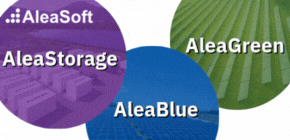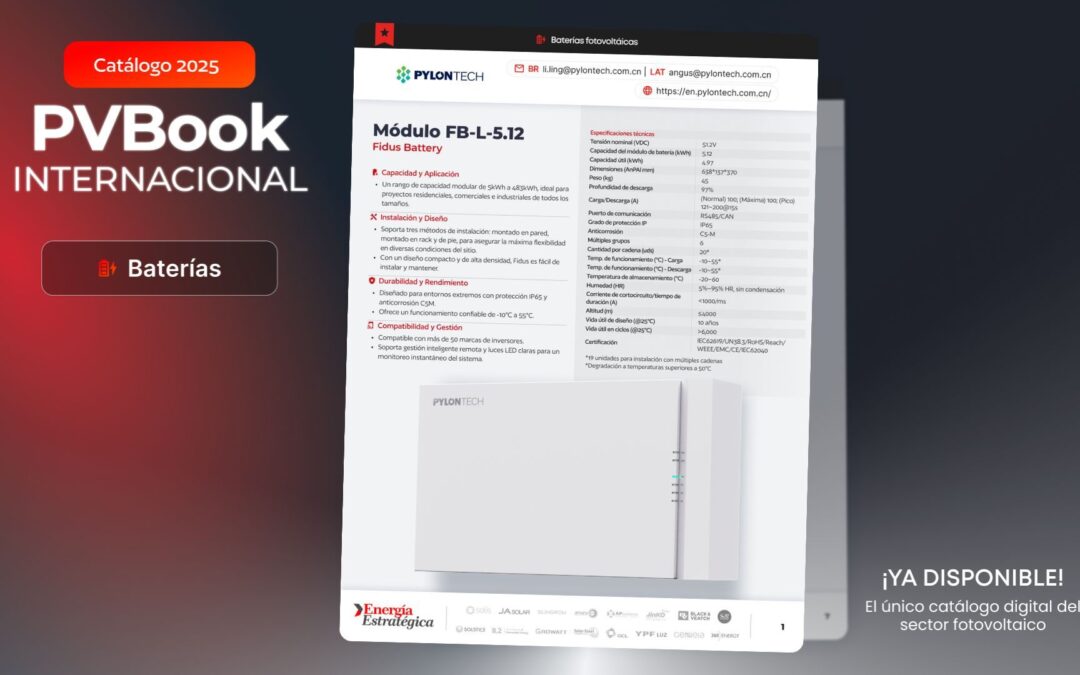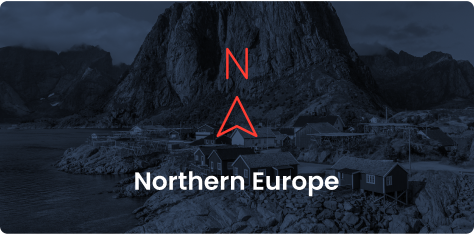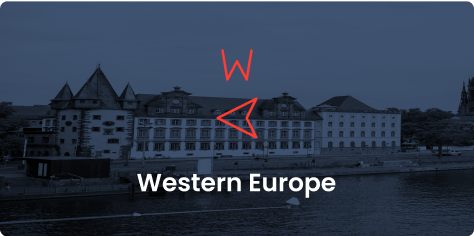The Ministry for the Ecological Transition and the Demographic Challenge (MITECO) has approved new regulatory guidelines for granting aid to energy storage projects, co-financed by ERDF funds.
It is worth noting that the programme has a total allocation of €700 million, co-financed by the 2021–2027 ERDF funds. It aims to support between 80 and 120 projects, with an estimated additional capacity of 2.5 to 3.5 GW of energy storage. The scheme encompasses a wide range of technologies: from standalone systems to hybrid solutions, hydropower pumping, and thermal storage.
Furthermore, fund distribution is based on the autonomous community and chosen technology, ensuring a fair and regionally adapted allocation of resources.
Key points for developers include:
- A 2% guarantee of the requested subsidy amount, mandatory for all applicants.
- Penalties for delays in implementation, with progressive reductions in aid.
- Subjective evaluation of criterion 3.4 on the value chain, lacking clear methodology.
- A minimum power threshold of 1 MW, which may exclude smaller projects.
- The possibility of retroactive coverage for costs incurred since March 2023.
Potential beneficiaries must also take into account the co-financing limits by region: up to 85% in less developed regions such as Andalusia or Extremadura, and 40% in more developed regions such as Madrid or Catalonia.
The order represents a strategic opportunity for the deployment of energy storage in Spain but requires thorough understanding and precise technical and financial preparation from developers.
What do experts observe?
One of the most relevant and previously unclear aspects is that all applicants must provide a guarantee equivalent to 2% of the requested subsidy at the time of application.
“In the draft, it was implied that only beneficiaries were required to provide the guarantee, but actually, everyone who wants to participate must do so,” states Andrés Pinilla Antón, Head of BESS Sales for Iberia at Mars Renewable.
This will allow a more filtered evaluation, since only stronger initiatives with real chances will present guarantees.
Speaking with Strategic Energy Europe, Pinilla also highlights the penalty policy for missing deadlines, which maintains that delays past 31 December 2029 will lead to a 1% reduction in aid for up to six months, 5% for up to one year, 10% for up to two years, and 20% for up to three years.
However, he strongly criticises the vagueness of one of the most important evaluation criteria: criterion 3.4 on the industrial value chain.
“They haven’t clearly defined how these six points will be calculated. It’s not clear whether it’s based on the percentage cost of each item or the components themselves. It seems there is a minimum threshold of three points, but they don’t explain what needs to be done to reach them,” warns the executive.
This ambiguity could lead to disputes in project scoring, with the risk of overly subjective evaluations.
An ambitious and technically inclusive scheme
“This is a very interesting opportunity for the storage sector given the current context,” Pinilla believes, noting that the possibility of hybridisation is what generates the most expectation.
Agreeing with him, Miguel Beltrán, Grid Code Manager at GoodWe, affirms that “from a purely technical standpoint, this order is excellent news,” as it acknowledges the need to reinforce the system with storage not only to integrate renewables, but also to provide resilience to an increasingly decentralised grid.
In conversation with Strategic Energy Europe, Beltrán welcomes the inclusion of subsidies for standalone, hybrid, thermal, and pumped storage projects, but warns that the 1 MW minimum requirement may exclude smaller urban or industrial initiatives.
He goes further on a crucial technical point: “The grid integration of synchronous systems or inverters requires clear and consistent guidelines,” and explains that proper interconnection demands specific regulations to ensure technical compatibility with existing transmission and distribution networks. Without such uniformity, operational inconsistencies may hinder the seamless deployment of storage technologies.
Positive changes and administrative simplification
From an institutional point of view, Raúl García Posada, Director of ASEALEN, underlines significant improvements compared to previous calls: “The effort to simplify the process by requesting clearer documentation and more straightforward evaluation criteria is appreciated.”
He also highlights the balance between the definition of minimum power, technological variety, and budget allocation, and welcomes the retroactive coverage of expenses since March 2023.
This provision allows recognition of investments already underway, ensuring continuity for advanced developments and avoiding financial disruptions—an especially valuable aspect for projects already in the permitting phase.
However, Posada warns of a potential bottleneck: “The resolution and execution deadlines pose a challenge, especially for pumped storage projects.”
The BOE imposes strict execution windows, with penalties for delays, forcing developers to work with very tight schedules. This could particularly affect complex infrastructures like pumped hydro storage, which generally require longer engineering, environmental and construction timelines.
Finally, he proposes moving towards a more continuous and predictable framework: a multiannual programme that enables better sector planning and reduces uncertainty in supply chains and investment cycles.
Impact on private financing and regional development
“These subsidies could be the trigger to unlock private financing for projects that were previously unviable,” says Alejandro Diego Rosell, Professor at EOI and consultant at Nuvix Consulting.
The high funding intensity and the possibility of retroactive cost coverage significantly improve project profitability, making them more attractive to financial institutions.
Rosell praises the programme’s strategic focus: “It prioritises decarbonisation, promotes domestic industry, and activates just transition regions.” In line with the Just Transition Strategy, projects in areas affected by the closure of fossil plants receive higher scores, encouraging local job creation and green reindustrialisation.
In discussion with Strategic Energy Europe, Rosell adds that this policy could attract banks, infrastructure funds, and ESG investment platforms to take more active roles in energy storage.
However, he issues a key warning: “Beware of the bureaucratic maze—calls for applications must be clear and the timelines reasonable.” Experience shows that opaque or overly slow administrative processes can block investment even when the financial framework is favourable.
Ultimately, the true impact of the programme will depend on its ability to deliver agile, transparent, and technically sound execution—something that will need to be demonstrated in upcoming calls.
BOE-A-2025-10668 ByC Ayudas almacenamiento





























